
Login
X
- Home
- About Us
- Courses
- Graduation
- Diploma Certificate
- Professional Diploma
- Special sessions / Aptitude boost up
- News & Events
- Student zone
- Placement
- Gallery
- FAQ
- Contact Us
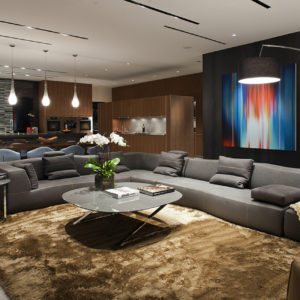
Your home speaks volumes about the person you are. When you decorate your house, you actually make your design statement. Moreover, when you design your house cleverly, your daily routines improves for the better. Now if you think you don’t have the skills, don’t worry. Like the saying goes, stay calm and hire an Interior designer!
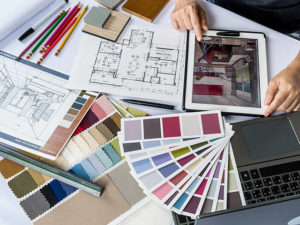
Yes, hiring means paying a service fee. But is it worth the effort? This blog lists down 10 benefits of hiring an Interior Designer.
That precious dream house of yours will definitely improve if a designer plans it. That is because they specialize in creating such spaces. So, you may forget a tiny but important detail while making your plan but they won’t,for sure.

Designers know how to work within a budget. Well, as a first experience, it may prove to be quite overwhelming- designing your house from scratch. But a designer can save your time and money since that’s what they learn and practice. Co-operate with your Interior Designer and see how it works like magic. Also, another misconception is that designers work on big projects only. You should know that a successful designer gets the job done in ANY budget- big or small.
Worried about from where to source that beautiful carpet you spotted elsewhere? Or are you getting confused by the minute about deciding on a flooring option? Here comes a designer to your rescue. A seasoned designer knows which design and material will suit best. He/she has a working relationship with the local markets,suppliers and dealers. In fact, they often crack super saver deals for their clients.

When you decide to renovate or design your interiors, you will either be browsing internet or going through design magazines for “inspiration”. Now, wouldn’t it be way better if your house showcases original creative designs? So, let your Interior designer do that bit.
The living rooms, bedrooms and other spaces in your homes are the evolved answers to man’s spatial needs. Hence, it is always better to customize spaces depending on the families/people who use it. And this is something in which interior designers are experts at. Thus, a cleverly designed interior makes full use of available space to the best functions of the family members.
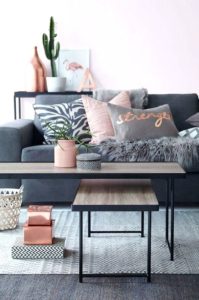
An interior designer may surprise you with the amount of general awareness they have regarding the latest trending style and design elements. Of course, that’s their job. So if you happen to prefer only the latest for your interiors, then a designer is the right person for the best possible looks and feel.
Work on a project with an interior designer to know what you were missing in your own home sweet home! There may be numerous details which you were never aware of before. In fact, some people come to know about the different expectations their own family members have, when they start discussing it with their designers.
Not hiring a designer while designing your house is actually becoming penny-wise and pound-foolish! For a work that can be done in three straight months at the most with the help of a designer, you tend to add months and days to avoid a nominal fee. And so, when you tally, you happen to incur far more losses in terms of time and money when compared to getting the job done by a designer.
Ultimately, it is your personal choice whether or not to hire a designer. We hope the above points help you in taking a sound decision when you contemplate redoing your own abode!
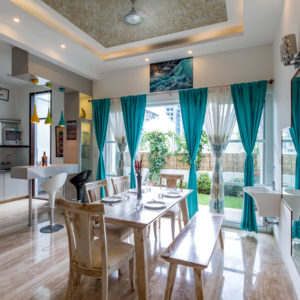

If beautiful rooms are on your mind, then you are most probably looking for the right person to do the job! And chances are, this person will either be a Designer or a decorator. But, in your head, do they both sound the same? Well, people do tend to mix up both, even though they are different. Read on to know the difference between Interior Design and Interior Decoration before you make your call.
In simple words, Interior design is the art and science of making a space useful and beautiful. Thus, a designer has to consider many things before fixing a design for a given space:
.. and more. So approach a designer ideally when you are about to begin with planning your home. That way, you save a lot of time and money! Also, the designer can use your feed-backs to create just the right space for you. Basically with a designer, you can be laid back when it comes to managing everything from start to finish. Moreover, you can also observe designers specializing in any one branch. Some examples are
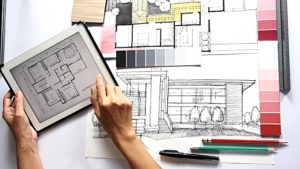
Now that you have an idea about designers, lets move on to interior decorators. So as the term suggests, this profession is more about decorating spaces according to client’s tastes and the decorator’s artistic skills. Here given below are a few of the things that a decorator does.
So basically, a decorator is essentially going to decorate the space. And he/she makes sure your space has that chic touch to it. Also, the decorator does not care about the building codes or standards unlike a designer. And when it comes to specializing, a decorator may be:

Do you think you have an artistic sense? Also, do people appreciate your design style? Or are you frequently consulted in matters of furniture and interior arrangements? Then you can become a decorator for sure!
The most basic difference among these two is- qualification. So, a designer often has a professional degree or a diploma. Thus, there are certain guidelines in each area of design for them to follow. But a decorator can explore interior decoration as a hobby. And with time and experience, he/she can create a portfolio of his/her jobs.
In many places, designers need license to practice. That is not applied to decorating.
The approach to work also varies. A designer thinks well ahead in future while designing for the present. But a decorator focuses on what’s new and trending for a space.
A designer works with many people most of the times- architects, contractors, carpenters-to make the design come true-for the space owner. However, the space is as functional as beautiful it appears to be.
A decorator, on the other hand, is more into the looks and feel of a space. Also, he/she mostly works with retailers or sellers of interior products. Here, the aim is to create a unique aesthetic space that shows high design value. Also, he/she knows what’s new and trending and goes with what appeals to the eyes and senses. So, their space may have a piece quite high on design value but not much in comfort- if that is what the design demands for the space!
To round it up, both designers and decorators have their fair amount of works, at times overlapping; most of the times, independent of each other. It all depends on what you want to do- give a refreshing makeover to a space or put up an aesthetic space that serves you in the long term.
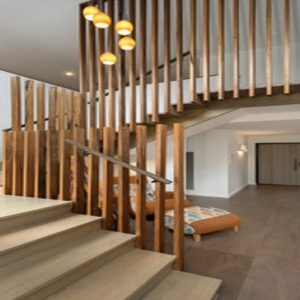
Who doesn’t love a comfortable and cozy home? But the real fun begins when the comfortable home looks all the more attractive. Of course, the design of a room depends on many factors,the most crucial being its size. This blog is about interior design ideas for that perfect finish to small rooms of your house.
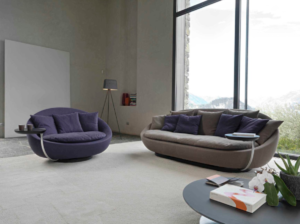
The answer to this question decides the final outlook of your room. For a clutter-free interior, minimalism is ideal. But if it is not your call, look for other options that limit the clutter in a small room. Also, you can experiment by mixing two different styles and yet keep things cool! For example, take the earth tones and rough textures from rustic style and add it to a modern setting as accent. So, the point to keep in mind here is that you don’t need too much stuffs on the floors. Why? Because you need to move around smoothly and look around unobstructed.
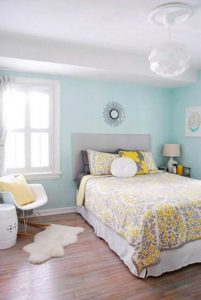
In simple words, light colors make an interior look larger and more spacious. Hey, that doesn’t mean you paint everything white! You can work with light tones of your favorite color. Also, light colors tend to save up on your lighting needs. So basically with colors like off-white and faint blush, its a win-win situation!
Not only will you hamper free air circulation with partitions, but you will also waste some space as well. So, use partitions ONLY if it is unavoidable. And if you feel a semi-private partition will be okay, opt for fabrics. Yes, fabrics offer interesting alternative for a solid opaque wall. Again, with light color, translucent material and light prints, you can add partition curtains that won’t make their presence felt.
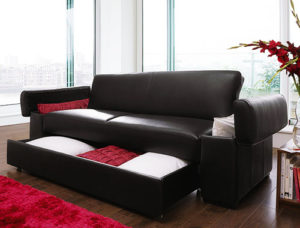
Instead of going for a platform bed, opt for a box bed with concealed storage drawers. Also, don’t scatter many single storage units. Substitute them with a vertical chest of drawers that takes up less floor area and can also settle in a corner of room.
Do away with anything and everything that darkens the space. And that includes dark shades or colours, heavy textures on furnishings and surfaces or something as basic as low lighting. Also, plan for maximum use of daylight in such a way that you require almost no artificial light during daytime. Adequate light brings a certain energy and the space tends to look bigger and more spacious.

… can make your room look big, not small! Mirrors reflect light and so it only makes sense to create spacious illusions using them. Also, if you plan cleverly then mirrors are a great way of enhancing or manipulating various light sources in your room. However, this one is slightly tricky among other interior design ideas in the sense that excess of mirrors may cause unwanted glares,reflection or other such issues.
Basically that means, opt for multipurpose furniture. There are a variety of options available in the market that work like magic for small spaces. Well, take for example, the sofa-cum-bed. For a small home with only a single bedroom, this piece of furniture is a big relief when guests drop in unannounced for the night!
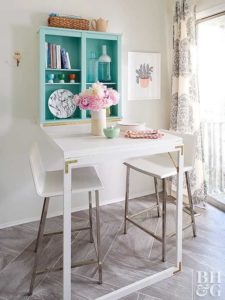
Modular cabinets or furniture are great if you have to keep changing your address every once in a while. And so, it is one of the best interior design ideas that you can add to a small room. How? Consider a foldable platform bed that conceals into a wall and reveals storage shelves on the other side during daytime. Also, fancy a tabletop concealed over the wall, to be revealed only when you have to chop your veggies or have that hot cup of soup!
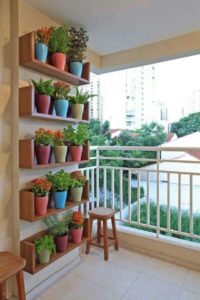
Yes, you heard that right. Use your kitchen wall to fix accessories that can take care of your cutlery,pots and pans. Open storage shelves that extend vertically and similar accessories are great interior design ideas for small spaces. Also, extend this idea to your sweet little balcony and voila! Your vertical garden with pretty flower pots will add the touch of mother nature to your home.
Try to avoid big elaborate patterns or decorative motifs on your wallpapers. Also, you can go for plains/stripes instead of detailed florals when you select carpets, curtains or rugs. Again, keep the tones light. Plain, straight, clean lines in your interior will definitely magnify the visual perception of available space. So even with your sofas and bed linen, go for plain versions or if you just can’t skip florals, select minimally patterned textiles.
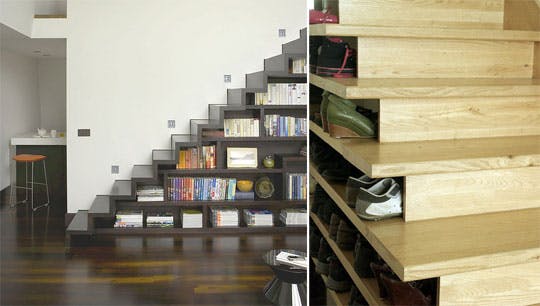
Use your stairs as built-in drawers for extra storage space. if the headroom height allows, you can actually set up a small library under a stair flight itself! Add some shelves to hold the books and make a cozy chair relax in one corner. Come to think of it, you can hide away in your books if you have such an adorable space in your home!
These interior design ideas are, what you may call, just the tip of the iceberg! With careful planning of your needs, budget and space, you can make the most of the little space you have in your home sweet home!
Design is enchanting and so are its different branches. Obviously, one area where design has grown into as a full-fledged career is that of Interior Design. And India is home to many Designers. Of course, among them there are certain designers that rule the design field with their works. So, some of the latest trends that you see are often their design ideas! That is why this article is about 7 such Top Interior designers who have made it big with their passion and work.
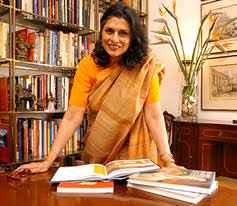
Sunita Kohli
A renowned interior designer,an autodidact and an architectural restorer, Ms. Sunita Kohli has made a huge impression in architecture and design. She has, to her credit, prestigious projects such as restoration of Rashtrapati Bhavan. In fact, her architectural restoration and deign works have added value to national elements. Also, the President of India conferred the coveted ‘Padma Shri’ in 1992 to her. And all of this in spite of the fact that she received no formal training in design or architecure! To know more about her, click here.

Lipika Sud
Ms. Sud is active in the design arena since the last two decades. Thus, she has really been a part of design evolution in India. She owns two design firms and an arts firm and takes keen interest in exploring creativity with each work. And one can easily see her unique inputs in her projects. Also, she has touched many segments such as residences, commercial spaces, hospitality sectors, apartments and so on. To know more about her, click here.

Shabnam Gupta
After graduating in Interior design, Ms.Gupta worked with many designers and architects on many projects. And finally in 2003, she put up her own design firm “The Orange Lane”. Sounds familiar? Well, don’t be surprised- she has designed the homes of renowned personalities and celebrities. Bollywood actors Irrfan Khan, Parineeti Chopra and Raveena Tandon feature in her clients’ list. Besides exquisite homes, she has worked her magic into the commercial and retail spaces as well. Want to know more about her? Click here.
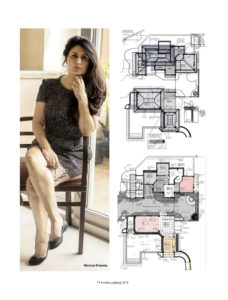
Shabnam Gupta
Ms.Khanna has to her credit, many residential,retail and hospitality projects that have won her many awards and recognition. And all her designs have one thing in common- being unique! Besides interior design, she also deals with architectural design and her immense work experience keeps her on her toes with creativity and innovation. And it comes as no surprise that she has won Best of Houzz Design for 2018. Visit her website to know more about her.
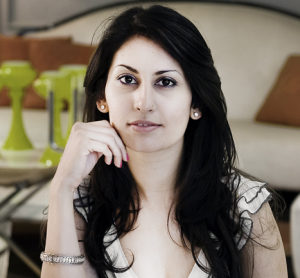
Tanya Gyani
From being handpicked by British Council in top 20 creative future in 2006 to winning the Elite Student Award of the FDA, Ms. Gyani has a great deal of global design experiences! Also,she to France, Italy, California and India. Her designs, floral arrangements and product designs-all stand out for their absolute design value. So, it comes as no surprise when you spot her among top Interior designers in India. To know more about Ms.Gyani, click here.

Aamir Sharma and Hameeda Sharma
This husband-wife duo have made waves with their designs and how! Top interior designers often identify with their works. So, minimalism rules the Sharmas’ design style as seen in many of their projects. And when it comes to Urban Chic themes, you can absolutely bet on them. Often in their works, you see some absolute grace in an upbeat room! But before you stereotype them with a particular style, again you come across a traditional interior with a modern touch or a minimal interior oozing elegance, in their portfolio. Well, give it a look yourself-click here.

Ambrish Arora
Architecture, Interior, Graphic, Furniture, Exhibition- Mr. Arora’s firm deals with all things design. He founded his design firm “Studiolotus” with Sidhharth Talwar and Ankur Choksi in 2002. Since then, there has been no holding back for him! Also, he believes in exchange of creativity to ensure its growth. So, if a project demands so, he goes to that extra length of collaborating with another design firm. If you want to know more about him, click here.
The top interior designers in India pay attention to client and their final designs reflect their own unique design philosophies as well. And if becoming one of the finest interior designer is on your mind, study the art and science of it from the best interior design college around you.

Does this question come in your way every time you think about Interior Design? Well, it is an important question for sure! After all, we also want money to keep our interests on track! And if you can’t wait to make a career out of your creativity, this question is definitely a decisive one. So, let us see where Interior Designer salaries stand in the current design Industry.

Like with any other industry, salaries in Interior design depend a lot on what exactly you do as a designer, where you work, nature of your work and so on. Let’s understand how it works.
Your job title, once you enter the design field, has a big role in your salary. You may begin as a draftsman in a firm and gradually may take the plunge to 3D visualizing. Or, you may join as a site supervisor for an ongoing project in a design firm. So, each designation has its own salary bracket.
Your earnings,if you happen to be a freelancer, fall in another category altogether. Well, lets talk about that later.
Almost in sync with your designation, the location of your firm decides your income. So if you are a draftsman working in a city like Calicut or Pune, expect your starting salary to be Rs.10,000/- to Rs.12,000/- per month. However, if you happen to work in metropolitan cities like Delhi or Mumbai, you can start with a monthly package of Rs.15,000/- to Rs.20,000/-. This is equally true for 3D Visualizing and other job titles as well.
Of course, it goes without saying that the more experienced you are, the better you earn. But another aspect to consider is the nature of your experience. So expect a good package if both the Employer design firm requirement and your portfolio works are about residential designing, as an example. However, you may have to compromise a bit if you specialize in commercial designs and apply to a residential design firm.
Your professional qualification is another point that influences your salary package. Of course, a Design degree fetches you more than a Design diploma. And one of the main reasons for this is the big difference in portfolios. Also,a degree program is almost always followed by internship or training, which gives you an edge in professional conduct.

A good firm is like good luck-tricky to find but worth it! So if you happen to land a job that gives performance based appraisals, then your quality of work can make it or break it! Also, there are firms that follow periodic appraisal policies, like an yearly increment. And of course, then there are firms that do not believe in appraisals at all… let us not keep our hopes high in those cases!
The ultimate dream of any and every interior designer is to own a design firm eventually and become an entrepreneur. But both have their own pros and cons, like two sides of a coin.
As a freelancer, you enjoy the absolute freedom-to choose a work, to decide how to go about it, how to design and so on. Obviously,you tend to work on your own terms and you enjoy all the profits. And as you gradually establish your own design firm, you see to it that the works you undertake are as per your signature design statement. You many stand to make as much as six-figure package monthly depending on the number of fruitful projects you do.

But, when you run a business, you have to foresee a lot of things. And most importantly you have to keep the works flowing in. You are responsible for anything and everything that happens in the firm. Also, as is with any business, there is no fixed income guarantee.
Now, when you are a salaried professional, you enjoy certain privileges such as leaves,salaries and increments. Also, there is a sense of Job security. However, the growth is comparatively slower as compared to being an independent interior designer.
Interior designer salaries (monthly) for design professionals begin from 10,000 INR to 25,000 INR and these only keep increasing with experience and time. So now that you know you stand to earn, don’t waste any more time- go and kick start your design career!

Visit Kerala to see how nature adorns and adores the state. So it is no surprise when one calls it ‘God’s Own Country’. Great landscape, scenic surroundings, lush environment-the state has it all for a healthy and serene living. Hence, it is common to see beautifully crafted houses across the state. Kerala style homes have a charm of their own. And of course, certain traditional features are highlights in such homes. Here we list down 10 such elements:
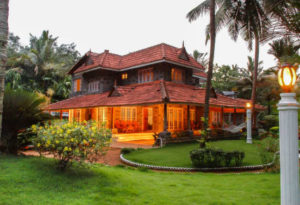
The layouts of Kerala houses are generally quite spacious. Well, the house caters to each member’s needs and Keralites pay special attention to future additions, such as a new bride or further expansions. So a typical 2 BHK House has a minimum average space of 1200 square feet; it is usually more than this size.
Since Kerala climate is tropical, humidity persists almost around the year. And that automatically calls for a good ventilation. So, rooms tend to have atleast two windows with the common size being 1.5m X 1.5m. Ofcourse, there are variations depending on the space and client demands.

Traditional kerala homes feature an inner courtyard (Nadumuttam) that is usually an enclosed rectangular space,placed right in the middle of the house. Also, a traditional Keral Hindu home often has an additional raised platform located centrally, that houses a Tulsi plant. However, these days, Inner courtyards are landscaped according to the owner’s design preferences.
No, we are not talking about windows or the bathroom ventilatory windows. If you look around, one can easily observe a slit like opening in the external walls of a room in a typical Kerala style home. This narrow opening is located centrally nearer to the ceiling. Again, the idea is to ensure effective ventilation even when the windows are closed for privacy reasons. Some clever design, eh?!
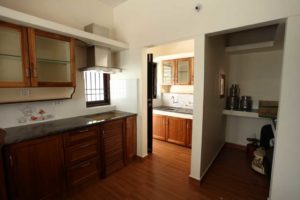
If you haven’t been to Kerala, chances are, you may not know what a Work area is. On the contrary, a Keralite cannot imagine his/her house without a work area. So basically, a work area is a small space near the kitchen where additional cleaning/ preparation zones are provided. And one can spot huge jackfruits, Pickle jars, Bananas etc stored in work area. Also, it has another use-it is a space to carry out messy kitchen works. For example, cleaning fish and meat. Well, the ancestors definitely knew the importance of hygiene!
Visit ancestral houses and palaces to understand the impact of wood in building mateials and construction in Kerala. An abundance of forests and easy availability of wood, plus the fact that it is a local material, makes it a popular choice for building structures. However, recent environmental calls to protect trees and timber have made the Malayalis eco-conscious and now they seek other options. Yet, they still prefer wood to make doors, windows, staircase and furniture.
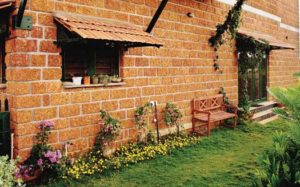
Laterite is the native building block that Keralites use instead of bricks, to construct a structure. It is rich in iron oxide and is a natural stone, which make sit easily available and accessible. In fact, if you observe Kerala style homes, the masonry blocks are laterites only. Also, its rough texture makes it appealing when used for exposed brickwork structures.
Again, tropical climate means heavy rainfall. Naturally, Kerala style homes commonly opt for a sloped roof ( Gable/ Hip/Dutch etc) over which sit the terracotta roof tiles. Why? Because they are easily available and are cost-effective. Also, they speed up water drainage and keep the interiors cool even in highly humid and hot weather.
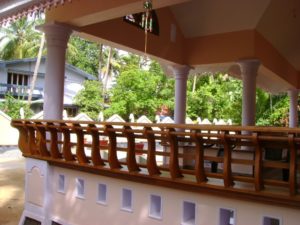
As soon as you step into a Kerala style home, you may still find yourself technically standing outside on a corridor! Now, this space can generally provide seating for 2 to 3 people and is known as a sit-out. Well, Malayalees firmly believe that it takes a village to raise a child and they place great value on communal harmony and societal relations. Hence, this space doubles as a humble formal living area for the common people- most of their formal interactions are in this space.
The chaarupadi is a backrest that features in sit-outs. You can spot them on the seating platforms that line the sit-out, usually made of wood or steel.
Though it isn’t as trendy now as it was in the past two decades, it still has its own admirers. And that is because this simple flooring material is cheap and easy to maintain. All it requires is able labourers who do the work nicely in the first place. This floor is durable, climate friendly and keeps getting smoother and shinear with daily cleaning and mopping. It is one of the common highlights in traditional kerala style homes.
Want to know about different styles of interiors that are popular in Kerala homes? Then click here.
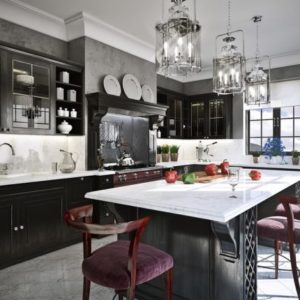
Colors add visual value to an interior space. So much that, many interior styles have their own defining shades of different hues. If a room has ever caught your fancy, its color definitely had a role in it. So this blog is all about the latest colors trending this year in design circles.
A beautiful design depends to a great extend, on the colors that it uses. This is true for Interior Design as well. Colors set the tone and the mood for an interior. And 2018 has seen subtle yet powerful splashes of colors in designer spaces. Here we list down a few of the more popular ones.

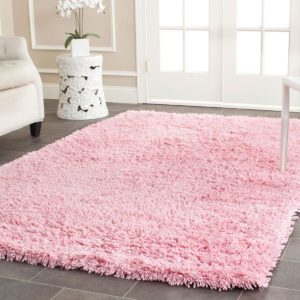
A quietly but steadily emerging trend in 2018 has been that of the soft peachy pink. Many people opt for this color for room backgrounds, such as walls. It adds elegance while keeping things simple. Mix and match with grays and you have it as your accent color. Add some deep red shades(sparingly) and this shade turns into a muted background.
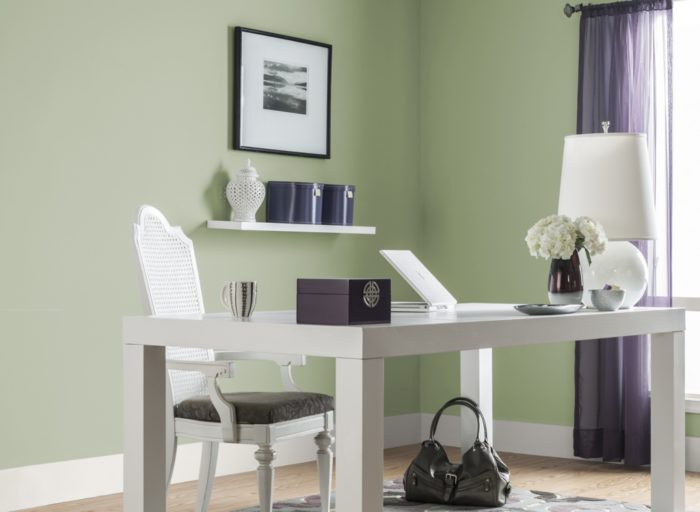
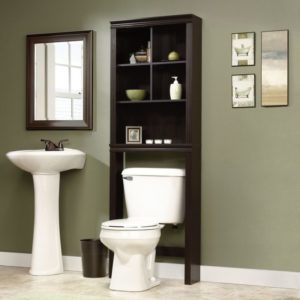
Also known as Sage, this shade is an amazing statement to an interior. It stays between the neutral grays and slightly brushes over Green. The silent tones make for a perfect palette! And another great thing about this color is its ability to contrast with white! Enchanting schemes in Sage have made it one of the latest colors tending in 2018.
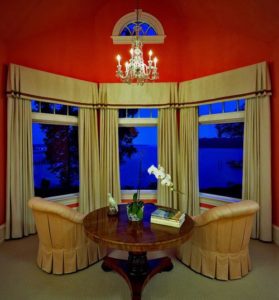
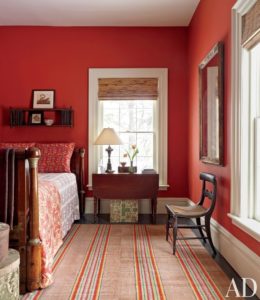
An unlikely color that has made its mark in 2018 design circles is passionate, deep red. Well,on its own, it remains one of the strongest shades. And that is why you have to be very clever when you decide on using it in your rooms. The right amount of crimson adds that accent to your space. However, if you are worried about the shade going overboard, restrict it to accessories. Also, to achieve the perfect balance, you can safely opt for neutrals along.
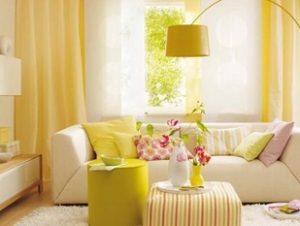
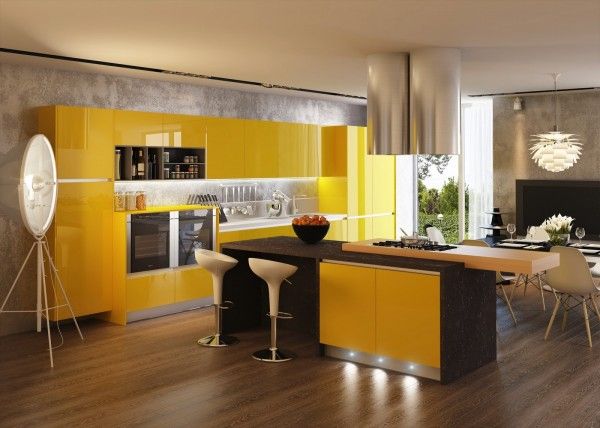
Yellow brings a certain energy into the space it adorns. Tired people may find the color refreshing, especially in rooms such as Kitchen or common room. And that makes it one of the latest colors trending this year. Still you have to be cautious while working with the color since too much yellow may have wearing-out effects. So try to apply it in patches. Also, you can mute down the tone in a way that it has a pleasant effect.
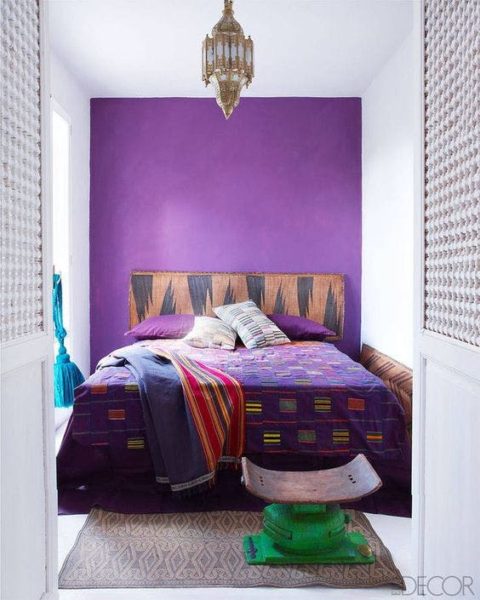
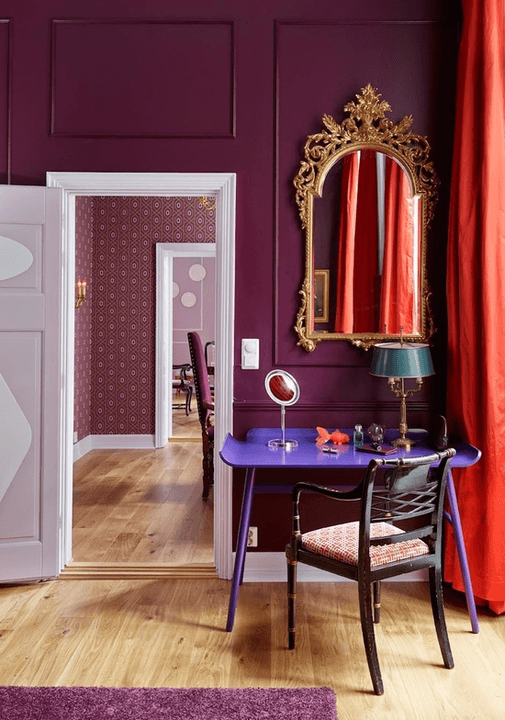
When Pantone announced Ultraviolet as its Color of the Year for 2018, everybody knew something dynamic was about to happen! The latest colors trending currently have Ultraviolet as a chart-topper. So, many Indian and international designers are experimenting with the color in terms of hue, tints and shades. Thus, ultraviolet interiors can be vibrant with gloss and textures or laid-back and relaxed with plain and matte finishes.
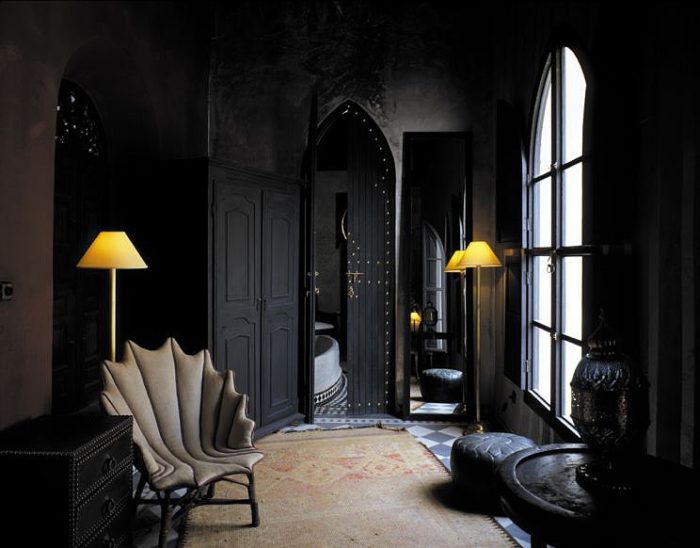
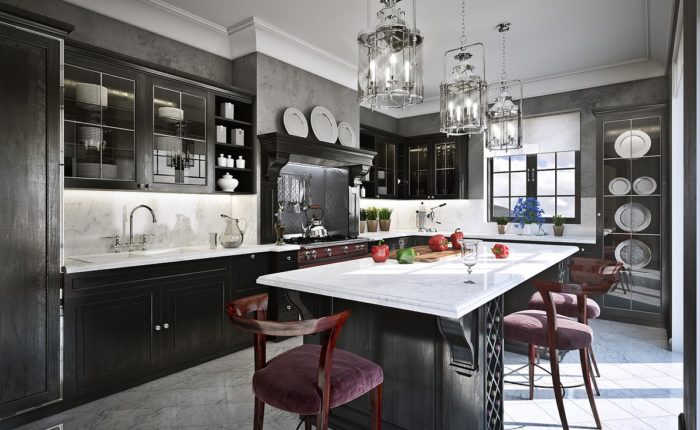
Black is the threshold of anything latest in colors. And that is why every year you hear about a certain color being the new Black. This year, black refuses to simply be absolute as charcoal- it aims at going down a tone or two. So that basically means there are interiors in shades of gray and black. The attractive point is that the monochromes not only complement each other, but very beautifully bring out the value of any other color around them.
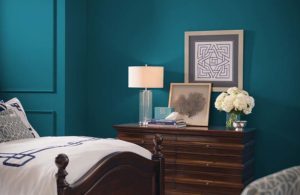
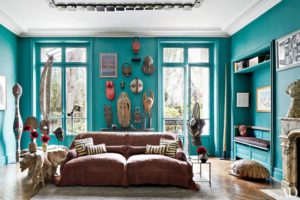
No, we are not talking about the teals or turquoises. Well, this shade is what you can call the best of both worlds.This color has proved to be a safe bet for those who fail to decide on one shade. It goes well with neutral schemes to give a calm and relaxing interior. And with zesty colors such as yellow, the hidden green in it beautifully complements the scheme. And the hidden blue softens the sharp contrast to eyes. No wonder it is a bestseller among the latest colors trending in interiors!
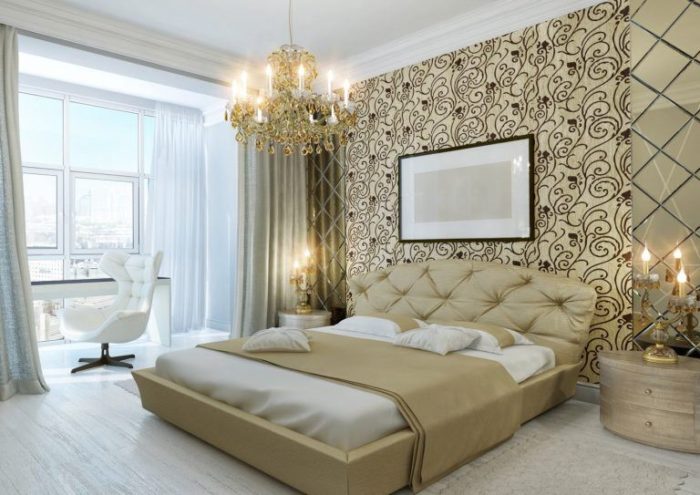
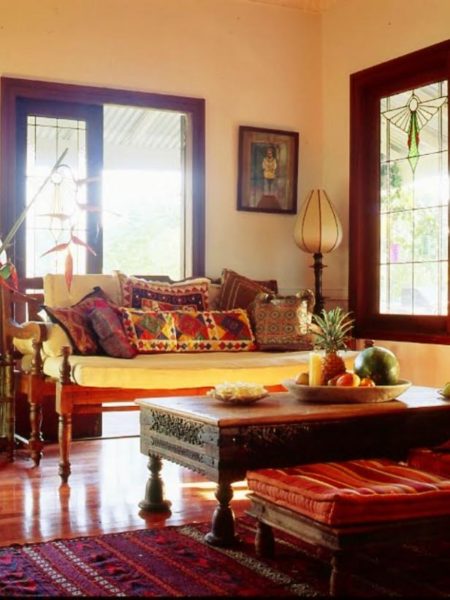
Apart from the colors mentioned above there are many others that have grabbed the designers’ attention globally. Metallic colors seem to be the new neutrals. And yet, the demand for rich earthy tones refuses to settle down. A cousin of Yellow, the Marigold (mustard) color, has its own fan following. Of course, not to forget, the calm minds that still relish turquoise and emerald interiors!
The application of colors extend to landscapes as well. With the right mix, you update your current dwelling into your perfect home!
Phone: 0495 272 2242